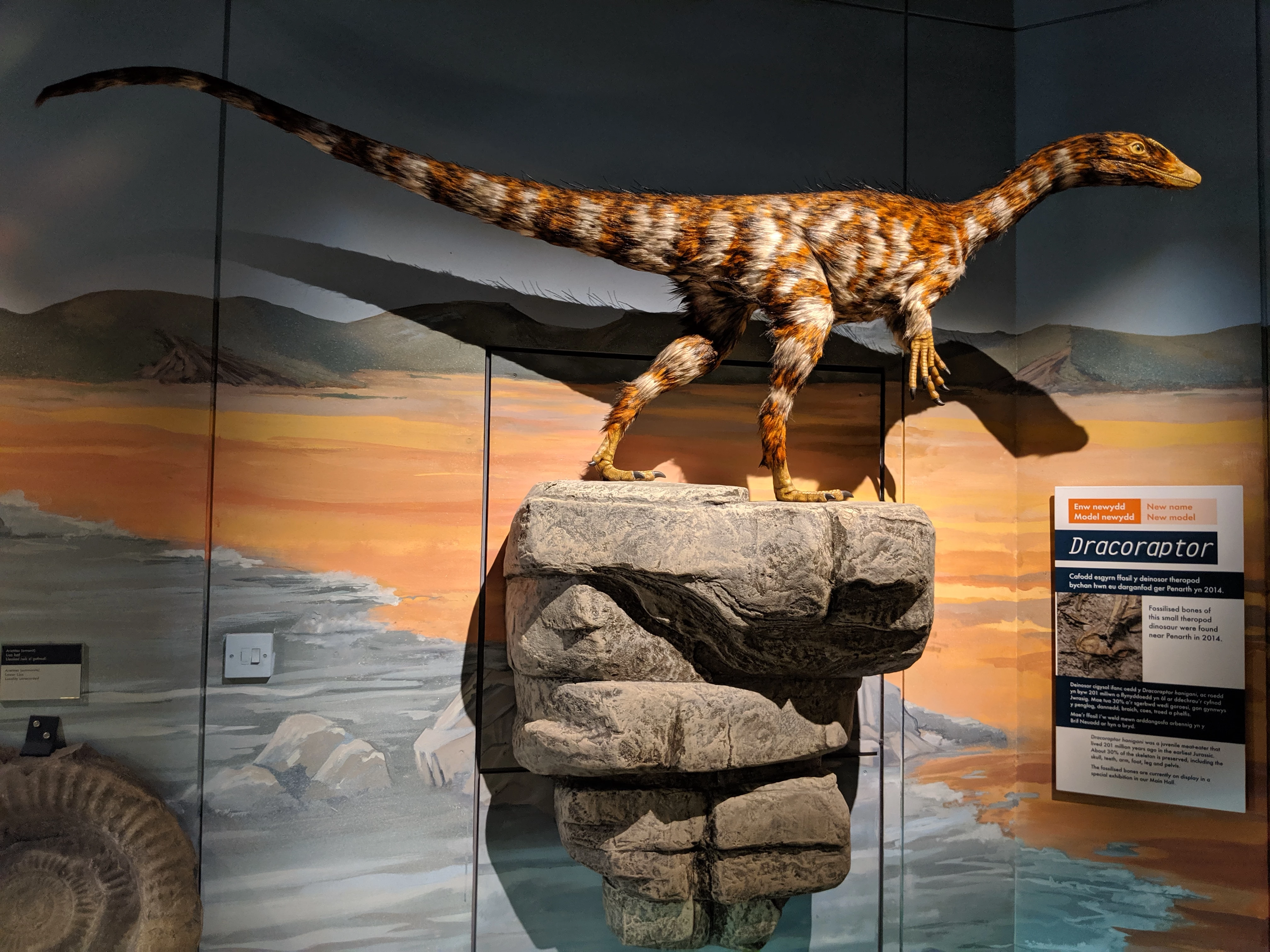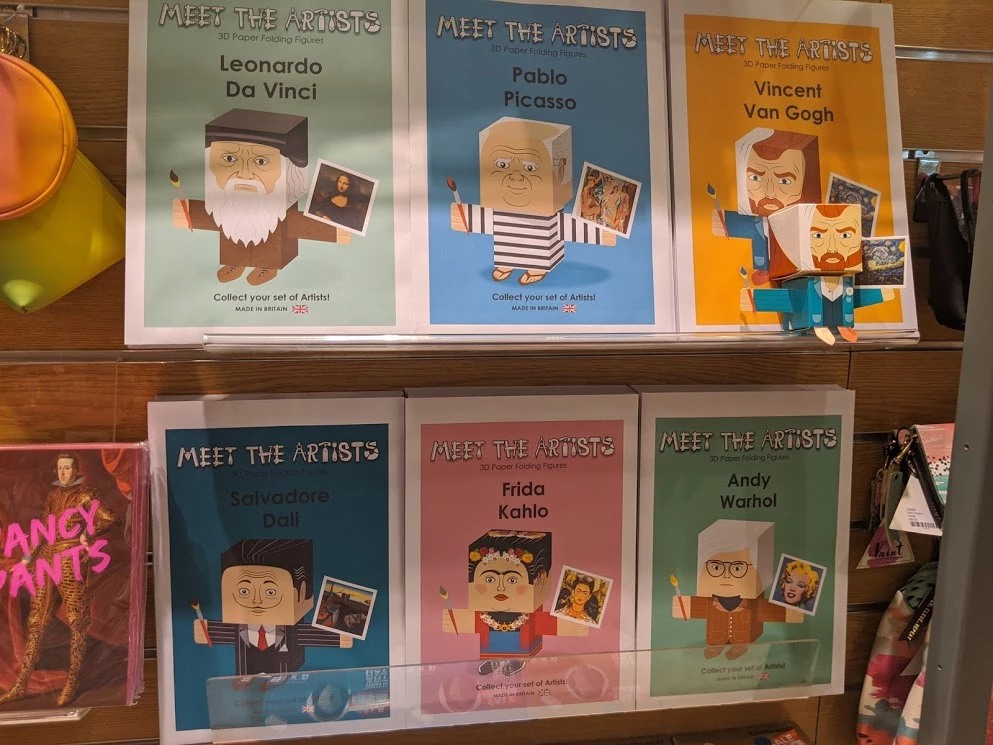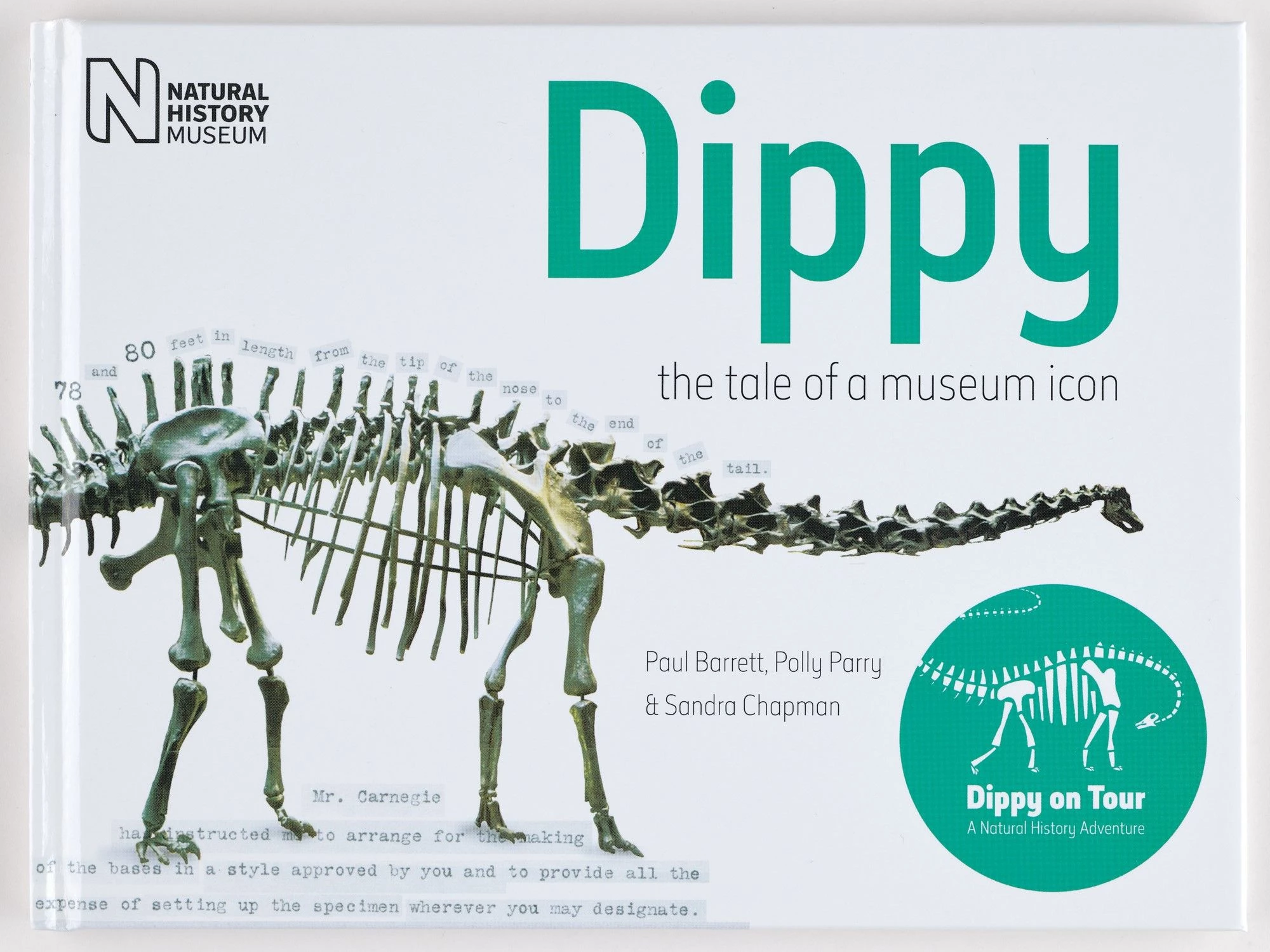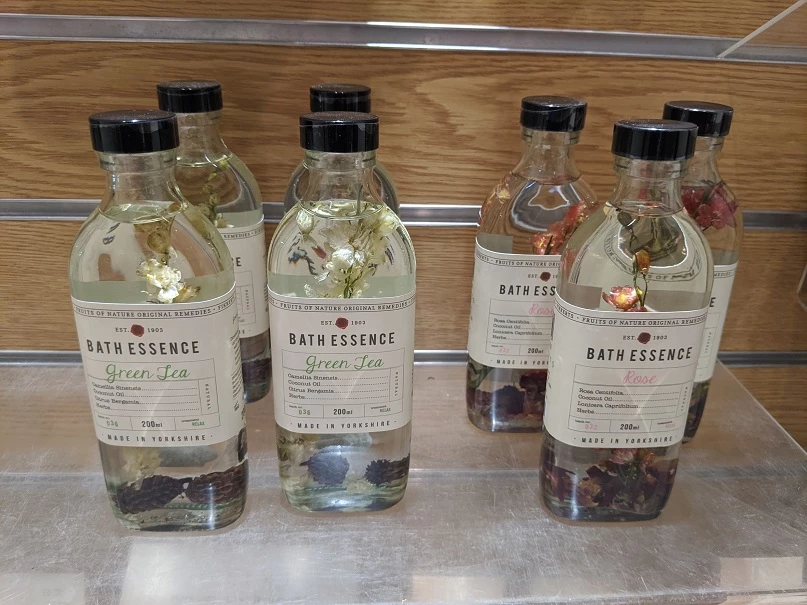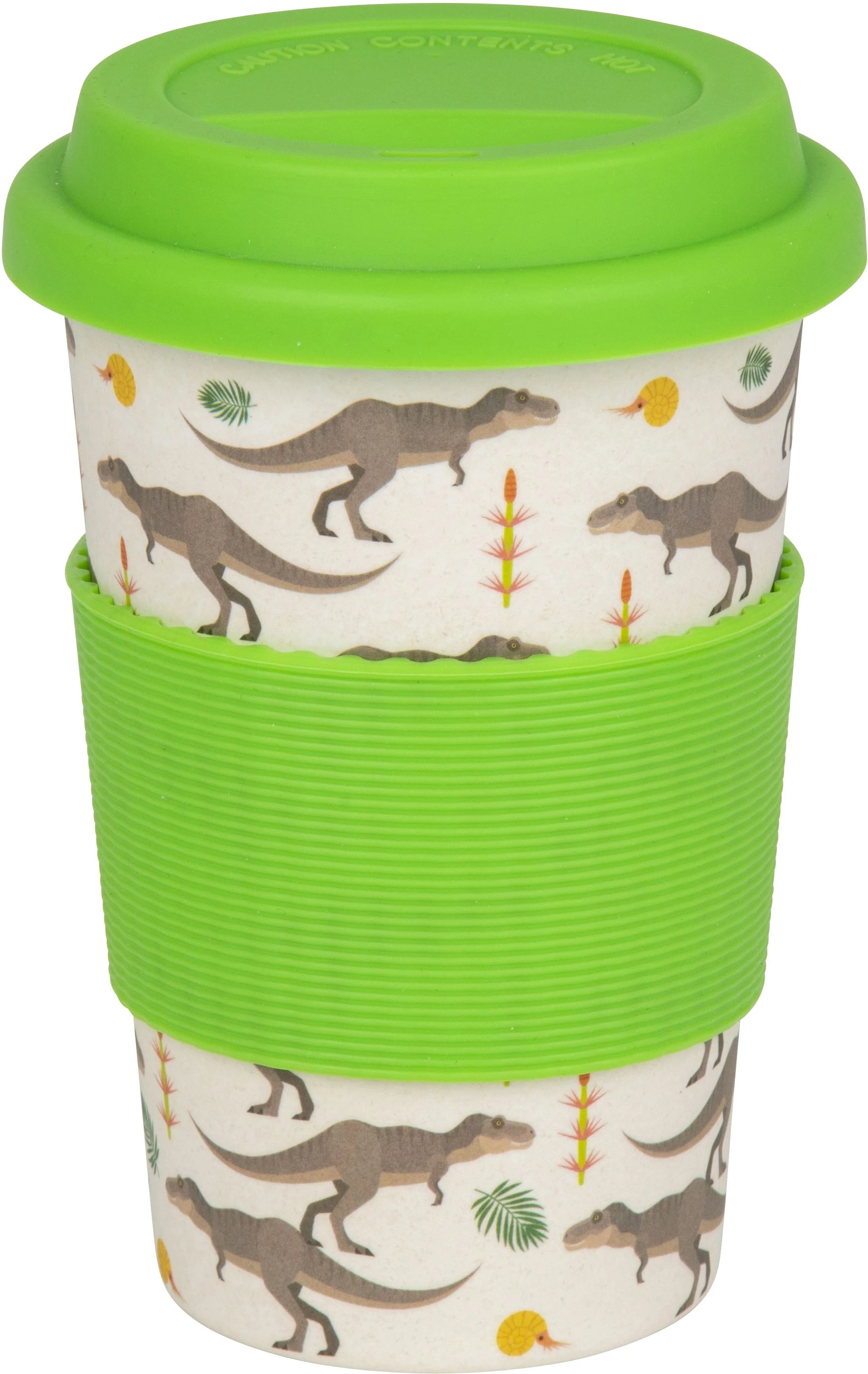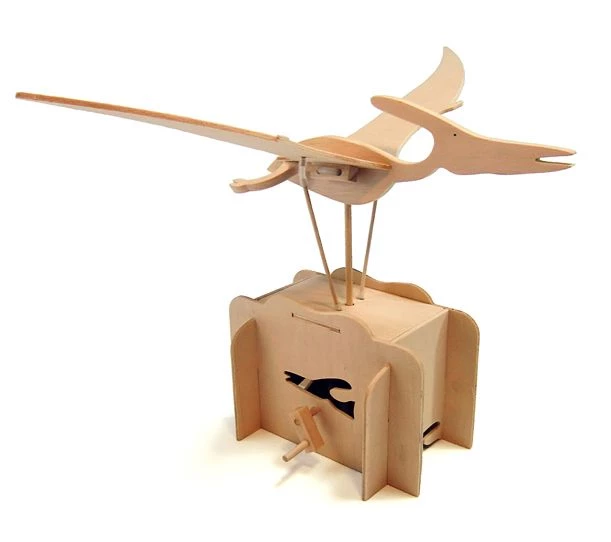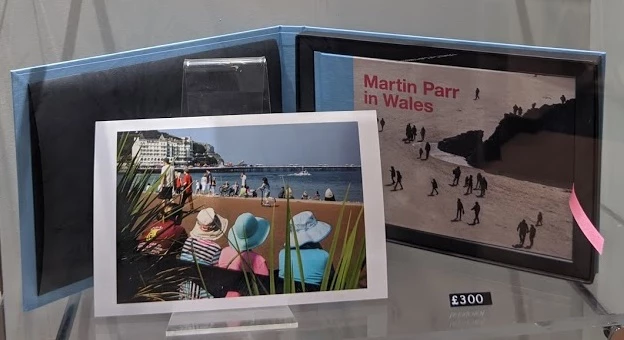5 Hoff Beth Dippy am Gaerdydd
, 14 Ionawr 2020
Shwmae bawb, Dippy sy' 'ma!
Dwi wir wedi mwynhau fy amser yma yn Amgueddfa Genedlaethol Caerdydd. Mae pawb mor gyfeillgar a dwi wedi mwynhau cwmni da mewn digwyddiadau cyffrous iawn. Mae gen i ormod o lawer o straeon ar gyfer un blog, felly dyma fy 5 hoff beth.
1) Dysgu Cymraeg
Pan gyrhaeddais i Gaerdydd, doedd gen i ddim llawer o Gymraeg, ond diolch i staff hyfryd yr Amgueddfa, wnes i ddysgu yn gyflym! Dwi wedi cael digonedd o gyfleoedd i ymarfer fy Nghymraeg gydag ymwelwyr, a dwi wedi bod yn trydar yn ddwyieithog o fy nghyfri Twitter @DippyOnTour.
2) Digwyddiadau Dippy
Pan glywais i y bydden i'n rhannu'r neuadd fawr gyda digwyddiadau fel disgos distaw a yoga, roeddwn i'n poeni y bydden i yn y ffordd. Ond, dwi wedi mwynhau bod yng nghanol yr hwyl ac hyd yn oed wedi bod yn rhan o briodas Gymreig am y tro cyntaf!
3) Mwynhau byd natur
Ar fy nhaith o gwmpas y DU, rwy'n benderfynol o annog pawb i archwilio'r byd natur o'u cwmpas. Dyw hynny ddim yn anodd yng Nghaerdydd – mae mwy o fannau gwyrdd y pen yma nag unrhyw ddinas fawr arall yn y DU. Dwi wedi joio mas draw yn darganfod parciau newydd bob dydd! Cer i fy ngwefan i weld sut i fwynhau natur yn dy ardal leol di.
4) Fy ffrind newydd
Doeddwn i ddim yn gwybod bod deinosoriaid eraill yng Nghymru, ond buan iawn y ces i gwrdd â Dracoraptor – deinosor gafodd ei ddarganfod dafliad carreg o Gaerdydd. I ddechrau, roeddwn i'n genfigennus o enw diddorol Dracoraptor, ei ystyr yw 'draig-leidr'! Ond fe ddaethon ni'n ffrindiau mewn dim amser.
Model o Dracoraptor © Amgueddfa Cymru - National Museum Wales
5) TI!
Y peth gorau am Gaerdydd heb os yw'r holl bobl anhygoel dwi wedi cwrdd â nhw. Fydda i yma tan 26 Ionawr felly cofiwch ddod draw a rhannwch eich hunluniau gan ddefnyddio #DippyArDaith a #DippyOnTour.

